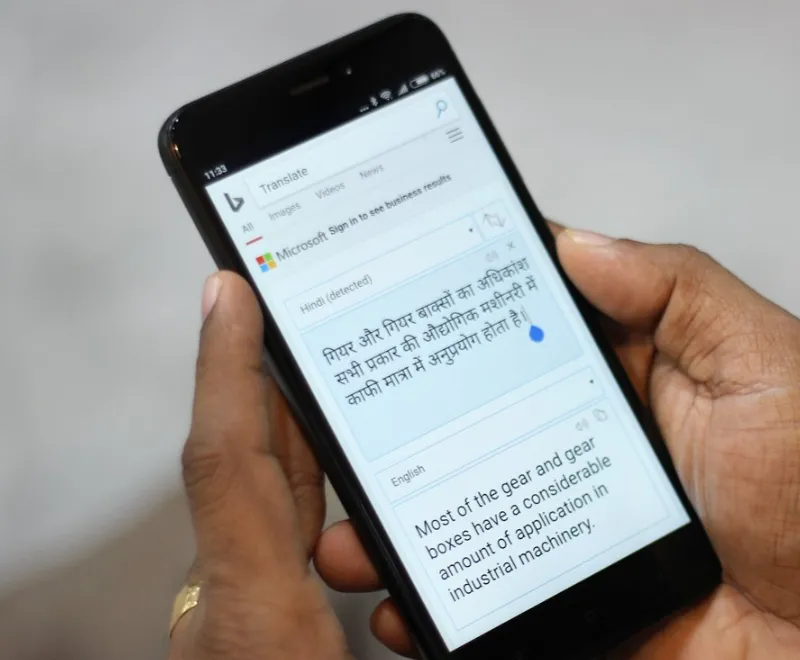Microsoft looks to tap into Indian language users; rolls out 10 new phonetic keyboards
Microsoft even supports Indian language email addresses, and is now implementing Deep Neural Networks to improve real-time language translation.
The Indian internet is growing more regional by the day as tens of millions of first-time users log in and hunt for content in languages they are familiar with. Google estimates there would be 500 million Indic “language users” in the next two years. This rising demand for native language products and services has compelled large tech companies like Google and Microsoft to innovate.
In its latest bid to woo desi internet users, Microsoft has released Indic Phonetic keyboards for 10 languages - Hindi, Bangla, Tamil, Marathi, Punjabi, Gujarati, Odia, Telugu, Kannada and Malayalam. These keyboards are available to members of its Windows Insider Program, and are in addition to the Indic Traditional INSCRIPT keyboards already available with Windows. The new keyboards are slated to be added to Windows 10 later, Microsoft said in a statement.

The feature is simple: When you type using your existing keyboard, the Indic Phonetic keyboards transliterate the words and suggest possible Indic text options. So, if you type ‘namaste’, for instance, using the Phonetic keyboard, it automatically suggests नमस्ते /ਨਮਸਤੇ/ નમસ્તે in Hindi/Punjabi/Gujarati and other language options.
Interestingly, Ka-Naada, a Bengaluru-based company, has also developed an Indic keyboard that allows smooth typing in all constitutionally recognised regional languages without the trappings of a standard QWERTY keyboard.
This is not the first time that Microsoft has attempted to make the internet more accessible and user-friendly for Indians. It launched Project Bhasha way back in 1998 when computing itself was a nascent industry in the country. Project Bhasha enabled users to input local language text easily through the Indian Language Input tool.

Earlier in the year, the software giant announced that it was implementing Artificial Intelligence and Deep Neural Networks to improve real-time language translation for Hindi, Bengali, and Tamil.
Users can avail the benefits of Deep Neural Networks-enhanced Indian language translation across any website on the Microsoft Edge browser, on Bing search, Bing Translator website, as well Microsoft Office 365 products like Word, Excel, PowerPoint, Outlook, and Skype.
Microsoft stated,
“We think of language translation not just as an add-on service but as a core part of our products and services for our users, partners and customers.”
More recently, Microsoft even rolled out support for email addresses in Indian languages. “We believe that for India to become truly digital, we need to make technology accessible and productive for all, irrespective of the language they may speak, write or read. With more Indians accessing the internet for the first time, it is imperative to develop Indian language technologies,” it said.







